My Turn: More research needed on industrial solar arrays
| Published: 02-16-2022 8:03 PM |
Not all industrial solar arrays are a “sunny” great thing. Large solar companies such as Nexamp offer “too good to be true” incentives for landowners to lease their land and build a solar “farm” to capture the sun’s energy so they can do “good!” We are abutters to a 30-acre solar array in Conway on what used to be forested land, and our experience is not a happy-ending “clean energy” story.
Imagine a remote forest, thriving with microclimates and rare, declining and endangered species of plants and animals. Suddenly they’re all gone, killed or displaced. Nobody knew about them, and nobody ever will, because they weren’t documented in that place, at that time, when it was scoped out for industrial solar development, or because it seemed fine to clear-cut for the sake of “clean energy.” Once the land was stripped of trees and stumps, valuable carbon sequestration ended and erosion washed into nearby wetlands. On the high rocky ledges, holes were drilled into large mossy boulders for solar panels and fencing. A diesel-generator ran 24/7 for eight months to control temperature for industrial batteries on site while the plant was under construction.
My family, neighbors, and all nearby wildlife endured low-frequency and high-frequency sound from this installation for over a year and a half. We were told by our town government and by Nexamp that “you won’t hear or see anything.” Wrong! From the constant hum of diesel generators to semitrucks’ “jake brakes” to disastrous energy distribution after the array went “live” with power surges and outages, and then “poor power quality” pumped out of the site and into our homes, it has been one disaster after another. Poor power quality equals dirty electricity; just Google it. How many other people have gone through what we’re dealing with, or will go through it?
New England is heating up faster than any other place on the planet, according to David Abel’s Boston Globe article from Dec. 30. I reached out to numerous prestigious universities and shared my concern, as no studies have been done or published in New England on how these giant solar arrays impact the climate in our backyards. A professor from Boston University wants to work with me in getting studies started. Interestingly, all studies done on industrial solar facilities in deserts point to them heating up the ambient air temperature around them, like an industrial power plant would. Google “heat island effect for industrial solar” and educate yourself, it is very concerning.
We need more studies in New England before allowing money-hungry companies to develop as much land as possible for the image of “clean energy.” Town governments eager for PILOT (payment in lieu of taxes) money should know the potential risks to human and environmental health. Citizens deserve to know the truth about what happens to climate and physical and mental health as a result of industrial solar.
Eversource has shut down Nexamp’s solar array in Conway since Jan. 14, because of “dirty electricity” or harmonic distortion coming into our homes. I have spent hours on the phones with customer service, electricians, senior supervisors, engineers, and technicians. I have spent hours losing sleep and researching industrial solar and its impacts. This process has been exhausting and emotionally draining. It has opened my eyes to what can go wrong, and I want other people to know what we have experienced.
I am pro-solar, but not when it involves wiping out hundreds and thousands of acres of undeveloped land that contributes to maintaining the earth’s climate balance. To be truly “clean energy” solar should be installed on already developed areas, not on forests and meadows that help regulate our climate and offer homes to wildlife.
I’m turning my anger, sadness, shock, and disgust with what has happened in my neighborhood into an effort to prevent more giant ovens from being built without adequate regulations in place. Our children deserve a future with forests and meadows, and not industrial solar facilities that blanket the land like a patchwork quilt of plastic, metal, and toxic chemicals that fuel climate change when not done thoughtfully.
Article continues after...
Yesterday's Most Read Articles
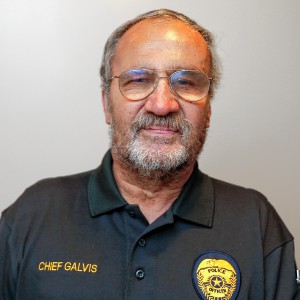 Former Leyden police chief Daniel Galvis charged with larceny
Former Leyden police chief Daniel Galvis charged with larceny
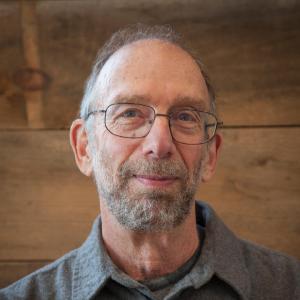 My Turn: The truth about time spent on MCAS testing
My Turn: The truth about time spent on MCAS testing
 GMLB, Newt Guilbault gets seasons underway Sunday (PHOTOS)
GMLB, Newt Guilbault gets seasons underway Sunday (PHOTOS)
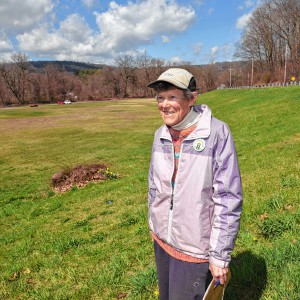 Millers Meadow idea would ‘completely transform’ Colrain Street lot in Greenfield
Millers Meadow idea would ‘completely transform’ Colrain Street lot in Greenfield
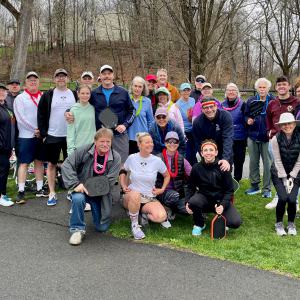 Bulletin Board: Gary Tashjian, Cheri McCarthy win Twice As Smart Pickleball Tournament
Bulletin Board: Gary Tashjian, Cheri McCarthy win Twice As Smart Pickleball Tournament
 Greenfield Girls Softball League opens its 2024 season (PHOTOS)
Greenfield Girls Softball League opens its 2024 season (PHOTOS)
Devlin Selman lives in Conway and is an organic gardener and landscaper in the Valley.

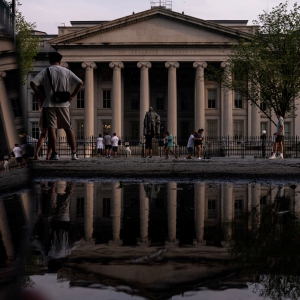 My Turn: National debt — A threat to our nation’s future
My Turn: National debt — A threat to our nation’s future Josie Silva: Voting age impacts voter turnout
Josie Silva: Voting age impacts voter turnout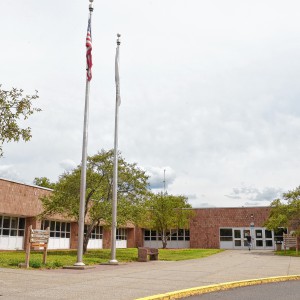 Ferd Wulkan: Green schools are possible
Ferd Wulkan: Green schools are possible Jessica Corwin: Lower voting age to strengthen democracy
Jessica Corwin: Lower voting age to strengthen democracy
